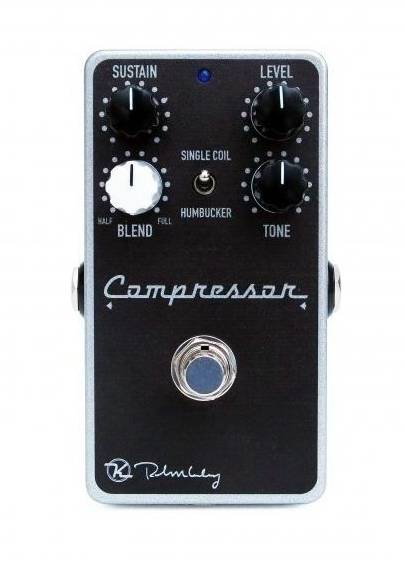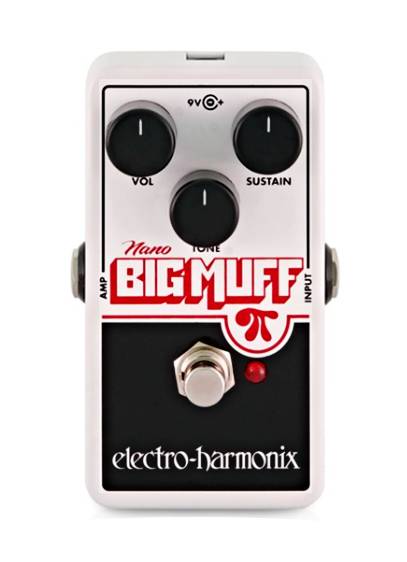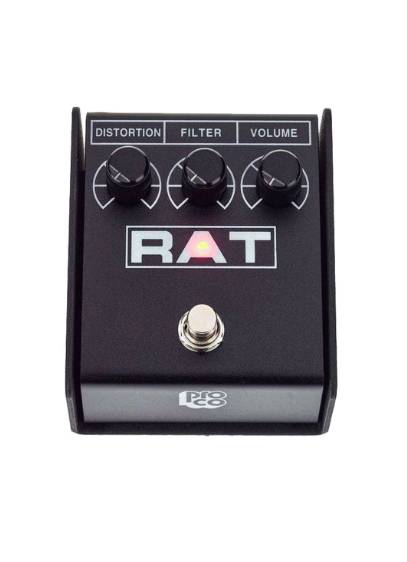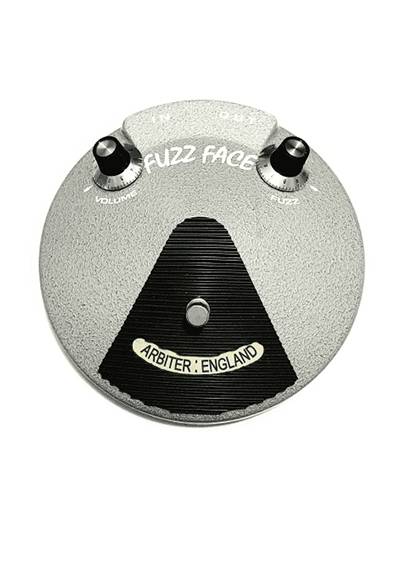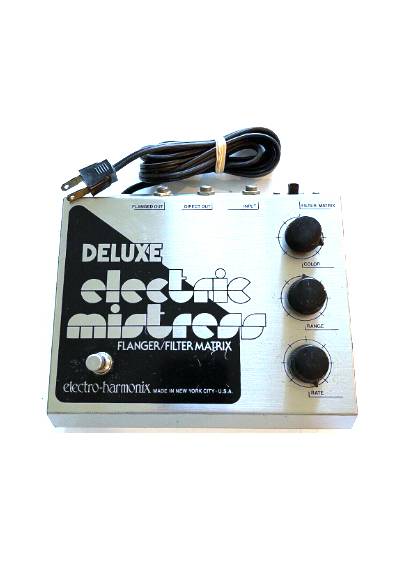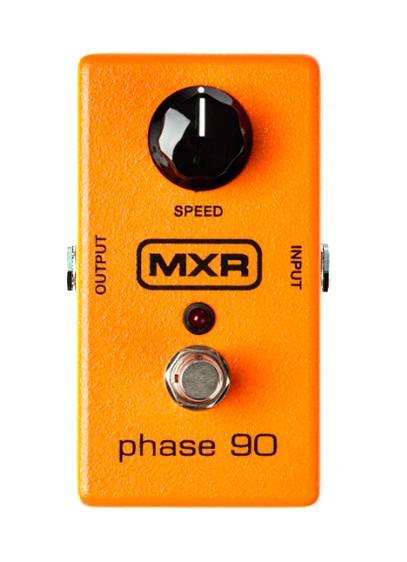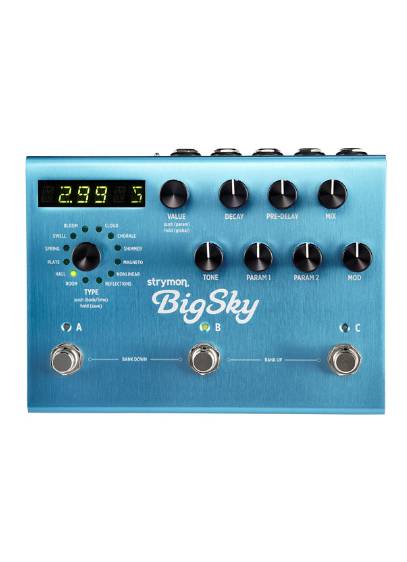How to Re-Create the Iconic David Gilmour Guitar Tone
How to Re-Create the Iconic David Gilmour Guitar Tone
To recreate the iconic sound of David Gilmour, you’ll need a combination of guitar pedals that are commonly associated with his playing style. Here’s a selection of pedals and a suggested signal path to achieve that sound:
Signal Path: Guitar → Compressor → Overdrive/Distortion → Fuzz → Modulation → Delay → Reverb → Amp
1. Compressor
Keeley Compressor Plus: This pedal will help even out your guitar’s dynamics and add sustain, which is crucial for achieving Gilmour’s smooth lead tones.
2. Overdrive/Distortion
Electro-Harmonix Big Muff Pi: Gilmour is known for his soaring lead tones, and the Big Muff Pi can provide that sustain and creamy distortion for solos.
ProCo RAT: Another favorite of Gilmour’s, the RAT can give you a versatile range of overdrive and distortion sounds, from mild crunch to heavier saturation.
3. Fuzz
Dallas Arbiter Fuzz Face: Gilmour’s use of fuzz is legendary, and the Fuzz Face offers a classic, vintage fuzz tone that he often employed in his solos.
4. Modulation
Electro-Harmonix Electric Mistress Flanger/Filter Matrix: Gilmour used a flanger extensively in his playing, and the Electric Mistress is a classic choice. It can produce lush swirling sounds, especially when combined with chorus.
MXR Phase 90: This phaser pedal was a staple in Gilmour’s rig. It can create sweeping modulation effects and add depth to your tone.
5. Delay
Electro-Harmonix Memory Man: Gilmour is renowned for his use of delay, and the Memory Man is a versatile analog delay pedal that can give you those spacious, ambient repeats.
6. Reverb
Strymon BigSky: Gilmour’s sound often had a touch of reverb to add depth and ambiance. The BigSky offers a wide range of lush reverb sounds, including plate, hall, and shimmer.
Remember that Gilmour also used various other pedals and equipment throughout his career, so this selection is not exhaustive.
Experimenting with different combinations and settings will help you find your own take on your signature sound.
